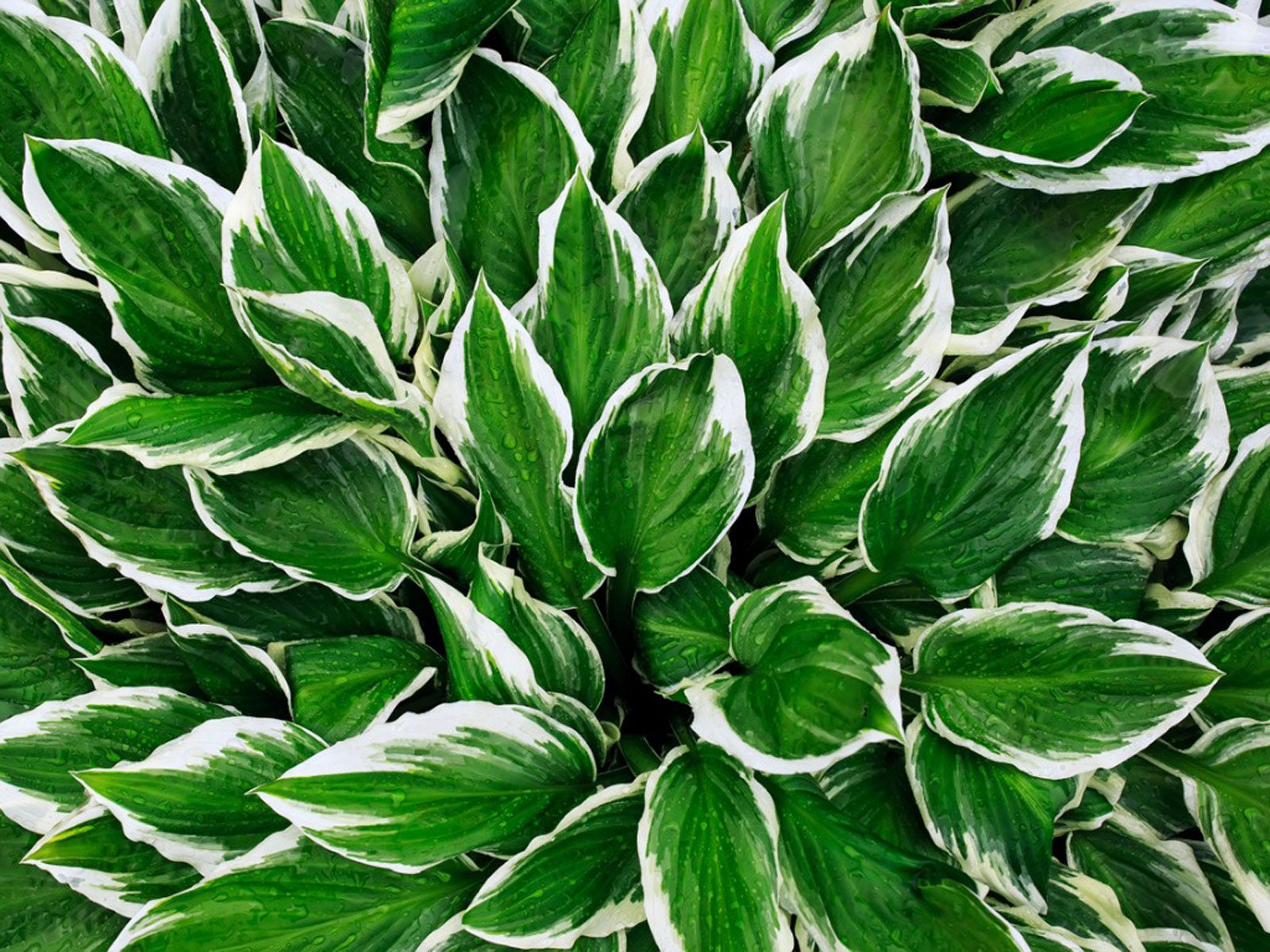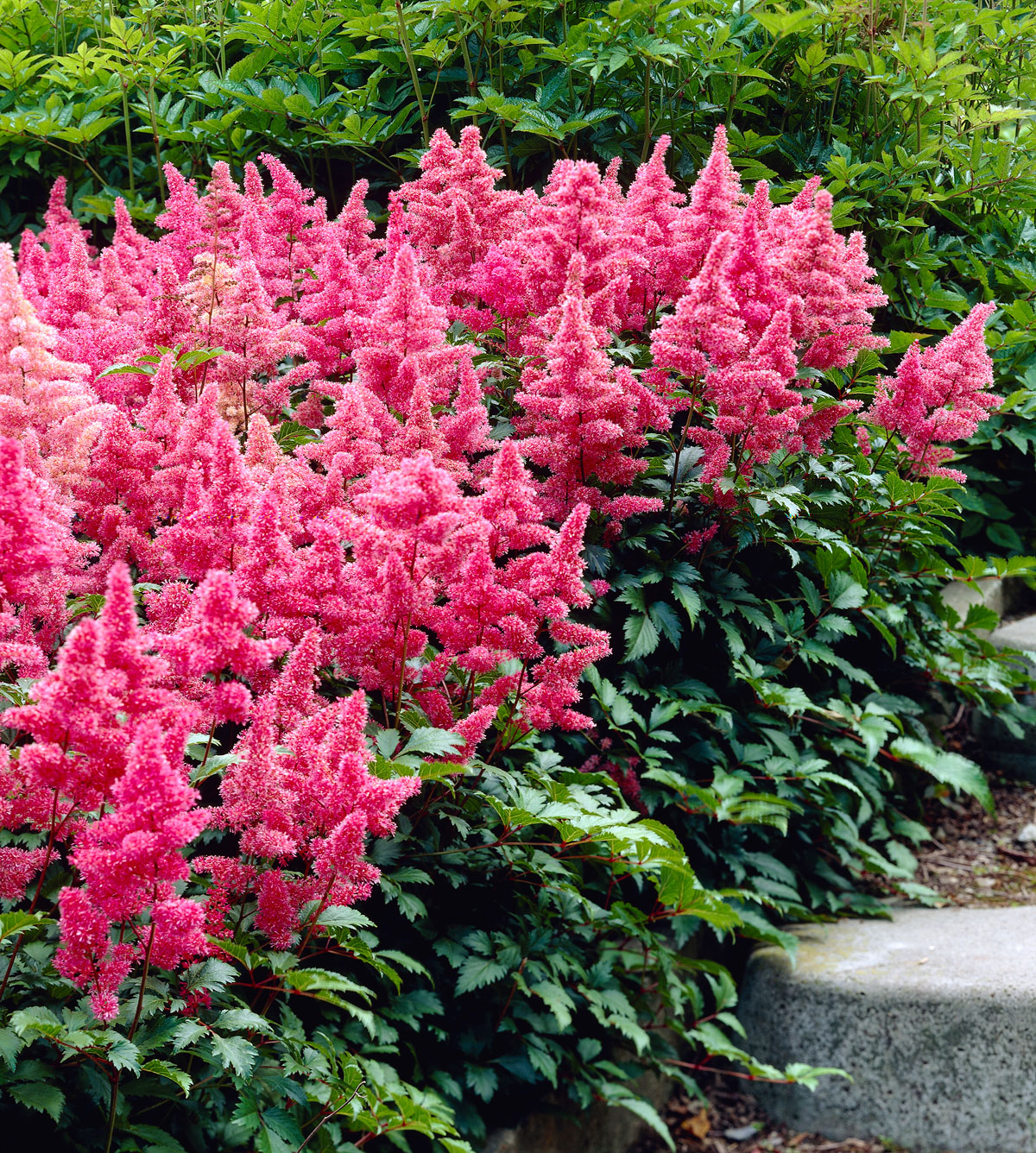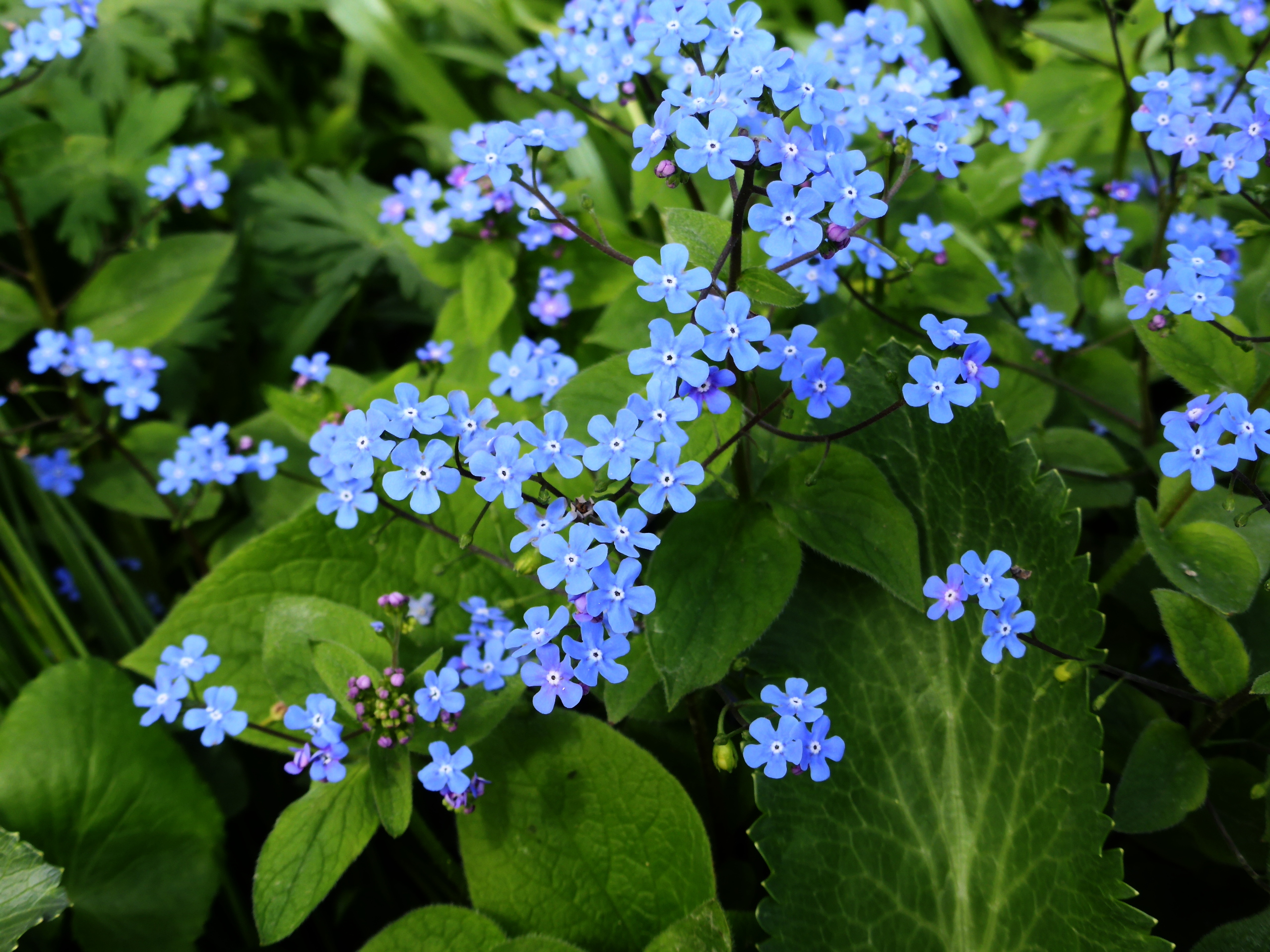Best Pachysandra Companion Plants
Title: The Best Pachysandra Companion Plants
Introduction:
Pachysandra is a popular evergreen groundcover that is known for its dense foliage and shade tolerance. It is a versatile plant that can be used in a variety of settings, from shady borders to woodland gardens. However, pachysandra can look a bit plain on its own. To add some interest and color to your pachysandra bed, you can plant it with companion plants.
Main Content:
Here are some of the best companion plants for pachysandra:
- Hostas: Hostas are another popular shade-loving plant that comes in a wide variety of colors and leaf shapes. They make a great companion for pachysandra because they have similar growing requirements.

- Astilbe: Astilbe is a flowering plant that blooms in the summer with delicate pink, purple, or white flowers. It is a good choice for adding some color to your pachysandra bed.

- Brunnera: Brunnera is a flowering plant that blooms in the spring with blue or yellow flowers. It has large, heart-shaped leaves that provide contrast to the smaller leaves of pachysandra.

- Epimedium: Epimedium is a flowering plant that blooms in the spring with small, bell-shaped flowers. It has attractive foliage that turns shades of red, orange, and yellow in the fall.
- Lungwort: Lungwort is a flowering plant that blooms in the spring with blue, purple, or white flowers. It has attractive foliage that is often variegated.

- Ajuga: Ajuga is a creeping plant that has blue, purple, or white flowers. It is a good choice for adding some groundcover to your pachysandra bed.
- Creeping Jenny: Creeping Jenny is a trailing plant that has yellow, orange, or red leaves. It is a good choice for adding some color and texture to your pachysandra bed.
- Wintercreeper: Wintercreeper is a fast-growing vine that has evergreen leaves. It is a good choice for covering large areas of ground.

Conclusion:
These are just a few of the many companion plants that you can plant with pachysandra. By choosing plants with similar growing requirements and complementary colors, you can create a beautiful and low-maintenance garden.
Pachysandra is a popular evergreen groundcover that is known for its dense foliage and shade tolerance. It can be used to create a lush, green carpet in shady areas of the garden. However, pachysandra can be a bit monotonous on its own. To add some interest and variety to your pachysandra bed, consider planting some companion plants.
Some good companion plants for pachysandra include:
- Hostas
- Ferns
- Hellebores
- Brunnera
- Primroses
- Sweet woodruff
- Trillium
- Lily-of-the-valley
These plants all have similar growing conditions to pachysandra, so they will thrive in the same shady spot. They also have different foliage colors and textures, so they will add some visual interest to your bed.
For more information about pachysandra companion plants, visit Home Gardening.
FAQ of pachysandra companion plants
What are some good companion plants for pachysandra?
Pachysandra is a shade-loving evergreen groundcover that can be used to fill in bare spots in your garden. It's also relatively low-maintenance, making it a good choice for busy gardeners.
Some good companion plants for pachysandra include:
- Hostas
- Ferns
- Brunnera
- Hellebore
- Primroses
- Vinca minor (periwinkle)
- Creeping phlox
- Jacob's ladder
- Sweet woodruff
These plants all share similar growing conditions to pachysandra, so they will thrive in the same shady spot. They also have different textures and colors, so they can help to create a visually interesting border or bed.
What are the benefits of using companion plants with pachysandra?
There are several benefits to using companion plants with pachysandra. First, they can help to attract beneficial insects, such as bees and butterflies. These insects can help to pollinate your plants and keep pests away.
Second, companion plants can help to improve the drainage and aeration of the soil. This is important for pachysandra, as it does not like to sit in wet soil.
Third, companion plants can help to suppress weeds. This is because they will compete with weeds for sunlight, water, and nutrients.
How do I choose the right companion plants for pachysandra?
When choosing companion plants for pachysandra, it's important to consider the following factors:
- Growing conditions: Make sure that the companion plants you choose have similar growing conditions to pachysandra. This means that they should all be able to tolerate shade and moist soil.
- Texture and color: Consider the texture and color of the companion plants you choose. You want to choose plants that will complement the look of pachysandra.
- Beneficial insects: Choose companion plants that will attract beneficial insects. This will help to pollinate your plants and keep pests away.
How do I plant pachysandra with companion plants?
When planting pachysandra with companion plants, it's important to follow these steps:
- Prepare the soil. The soil should be loose and well-drained.
- Plant the pachysandra according to the package directions.
- Plant the companion plants according to the package directions.
- Water the plants thoroughly.
- Mulch around the plants to help retain moisture.
Image of pachysandra companion plants
10 different images of pachysandra companion plants that are free to use:
- Hosta. Hostas are a classic companion plant for pachysandra, as they both thrive in shady conditions. They come in a variety of colors, so you can choose ones that will complement the color of your pachysandra.

- Astilbe. Astilbe is another shade-loving plant that makes a good companion for pachysandra. It blooms in late spring to early summer with delicate pink, white, or red flowers.

- Lily of the valley. Lily of the valley is a fragrant spring-blooming plant that is perfect for shady areas. It is low-growing and spreading, so it will help to fill in the spaces between your pachysandra plants.

- Ajuga. Ajuga is a versatile groundcover that can be used in a variety of settings. It comes in a variety of colors, including blue, purple, and green.
- Epimedium. Epimedium is a shade-loving groundcover that is known for its attractive flowers. It blooms in the spring with white, pink, or purple flowers.
- Heuchera. Heuchera is a colorful groundcover that is perfect for adding a pop of color to your shady garden. It comes in a variety of colors, including red, orange, yellow, and pink.
- Tiarella. Tiarella is a low-growing groundcover that is known for its delicate white flowers. It blooms in the spring and early summer.

- Brunnera. Brunnera is a shade-loving plant that is known for its attractive blue flowers. It blooms in the spring and early summer.

- Saxifraga. Saxifraga is a low-growing groundcover that is known for its attractive flowers. It blooms in the spring and early summer.

Post a Comment for " Best Pachysandra Companion Plants"